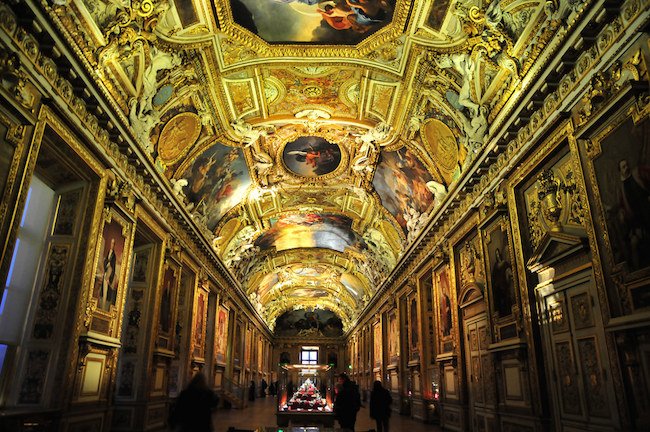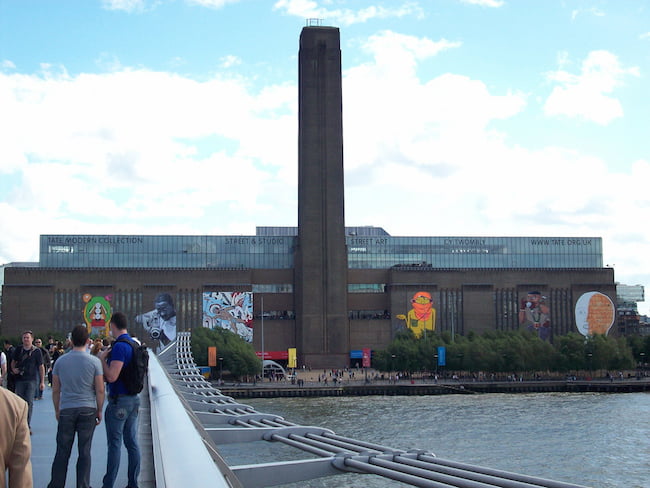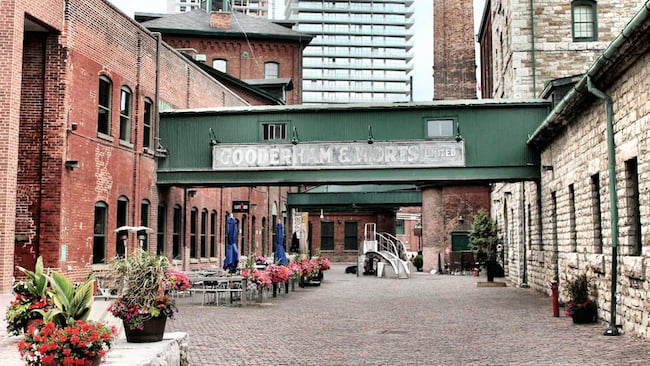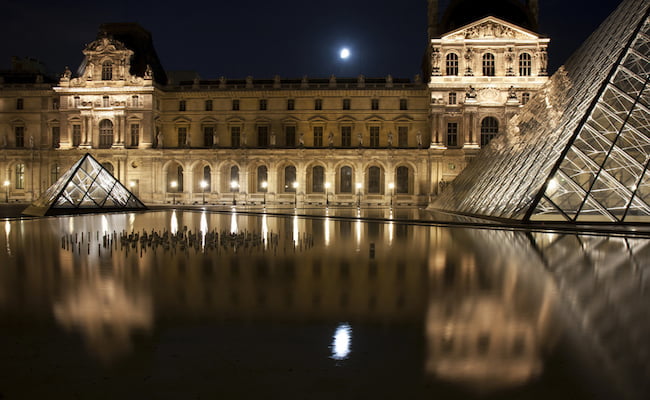 Image via Takato Marui
Image via Takato Marui
Preserving heritage is important to us, and we’ve talked about it a bit in reference to 1 Yorkville. For those not in the know, 1 Yorkville will be built above the fully restored Yorkville Village buildings that were built in the 1860s.
What we’re doing with the Yorkville Village buildings is an example of adaptive reuse – the process of reusing an old site or building for something else, something it wasn’t originally intended to be used for. Adaptive reuse allows for builders and developers to use something and simply renovate, rather than completely demolish the property. It has become quite a popular trend and can be seen in many cities around the world especially because of gentrification.
Here are some of our favourite examples of adaptive reuse.
The Bankside Power Station in London was converted for use as the super popular Tate Modern, which now houses a massive collection of contemporary art from the 1900s to present day. It is the most visited modern art museum in the world and a must-visit attraction in London – drawing in thousands of visitors every year. Originally designed by Sir Giles Gilbert Scott in 1947 (and completed in 1963), the old power station finally shut off permanently in 1981. There were plans to demolish it but the public wanted to save this important part of history, and in 1995 Swedish architects Herzog and de Meuron started plans to save it.
Much of the original power station was left as is, and the space simply adds to the charm and personality of the popular art museum.
 Image via Alquller de Coches
Image via Alquller de Coches
The Distillery District, a 13-acre historical site in Toronto was entirely adapted from the old Gooderham & Worts distillery. The adaptation of the Distillery District is very unique and has also proven to be more difficult to transform than other examples. Some of the deteriorating buildings were rebuilt to keep that historic lool, like the 100-foot chimney behind the Stone Distillery; whereas in other instances, the interiors were completely reconfigured, like taking out big pipes and cylinders from the actual distillery days.
Now the Distillery District is home to one of Toronto’s prized celebrations, the Christmas Market; art galleries, local businesses and local artisanal production.
 Image via Ismar Sutjeska
Image via Ismar Sutjeska
We wanted to save one of the best for last. Did you know that the Musée du Louvre was once a former palace? Yes – you read that correctly – adaptive reuse dates back that far! It was built in the 1200s, and was used as a fortress, then a palace, and then finally opened its doors to the public as a museum in 1793.
A quick history lesson – Paris was once considered one of Europe’s biggest cities and when King Philippe built the fortress (AKA the Louvre), it housed not jewels and other royal goods, but weapons of war. It wasn’t until the 1500s that the Louvre was used as a palace by Francois I. Since it was first built, its undergone many transformations and renovations, even after the Museum officially opened in 1793.
 Image via Nathan Rupert
Image via Nathan Rupert
Now the Louvre is one of the most popular tourist attractions in the world, and is known for housing several famous pieces of art, including the Mona Lisa.
It’s really interesting to see how creative developers from all around the world see an old building and decide to preserve its rich history, while keeping it in tune with modern times. Think of it this way – adaptive reuse is simply the more positive alternative to demolition.
What’s your favourite example of adaptive reuse?
